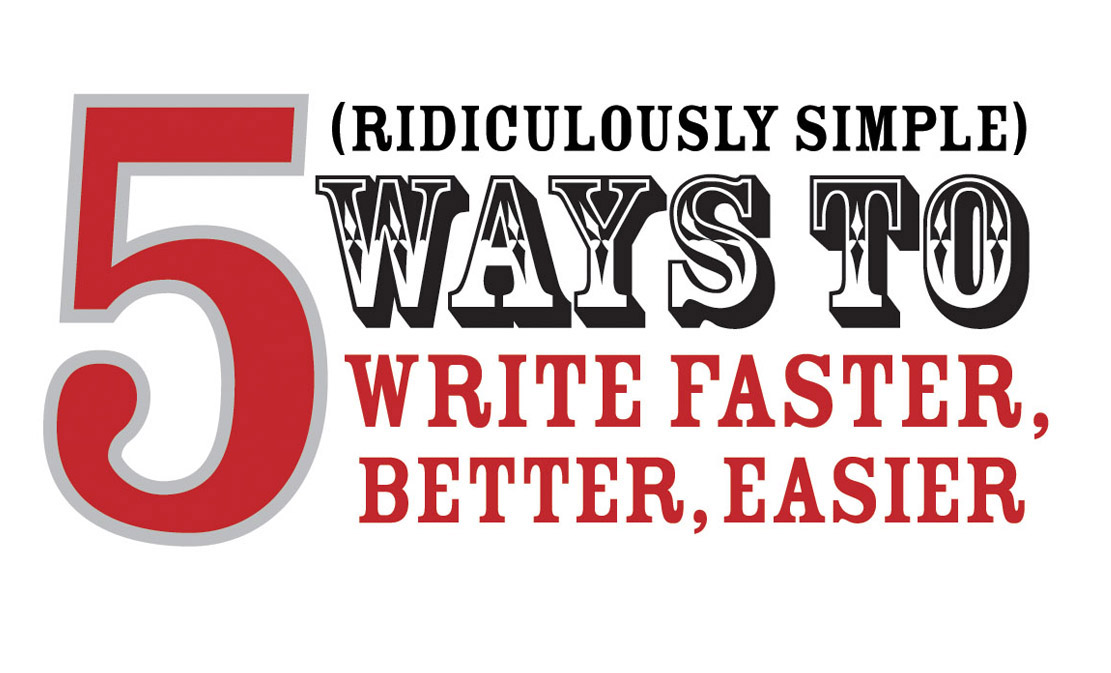Executive Producer. Producer. Director. Who Does What?
 Friday, August 17, 2007 at 01:17PM
Friday, August 17, 2007 at 01:17PM Is there really a difference between these three roles? Yes, there is and it's quite easy and helpful to learn the simple distinctions between them.
When a video story project has several team members on it, it creates the opportunity for roles, expectations and lines of communication to get mixed up.
In the world of corporate videos, understanding these three key roles during a project is just as important as understanding the roles in your other business projects.
Let's take a look at three roles every video story project will start with:
1. Executive Producer
The executive producer enables a story by...

--Obtaining the money.
--Hiring the producer.
--Developing and maintaining various key relationships throughout the life of the project.
2. The Producer
A producer enables a story by...

--Hiring the right people.
--Managing the money.
--Managing the time.
3. The Director
A director enables a story by...

--Discovering the frame.
--Hiring the right crew.
--Capturing the narrative.
When producing a corporate video, the executive producer's role is often played by the client--the one one with the money and the vision. This person or team makes the video possible.
The producer and director roles are often rolled up into one person: the producer/director.
Think "right-brain" aspects for the director role: imagines, dreams and discovers many possibilities to capture the story and narrative.
Think "left-brain" aspects for the producer role: handles logistics, attends to the details, creates schedules and analyzes all possible outcomes.
In a producer/director, these two roles are always in motion like a ping-pong match.
Remember: if you are the executive producer, understanding the two hats a producer/director constantly wears during the life of a project will help create better lines of communication and ultimately, a better story.
---Tom




Reader Comments